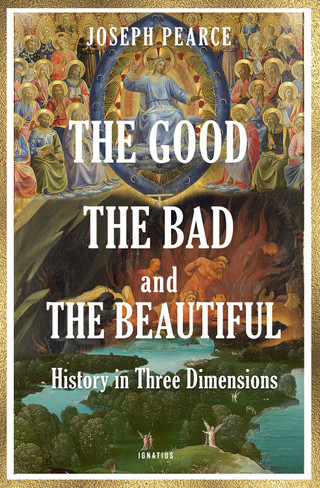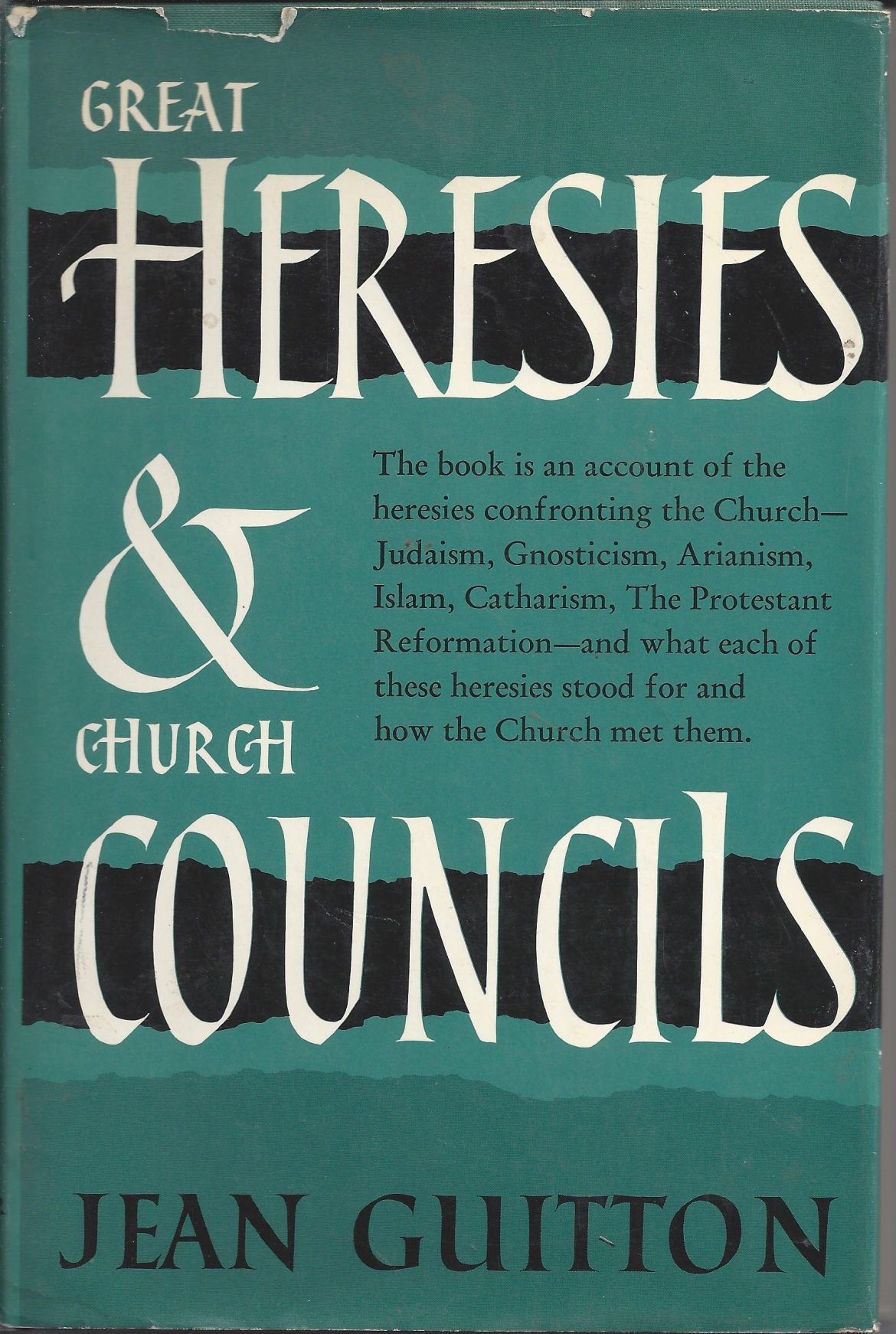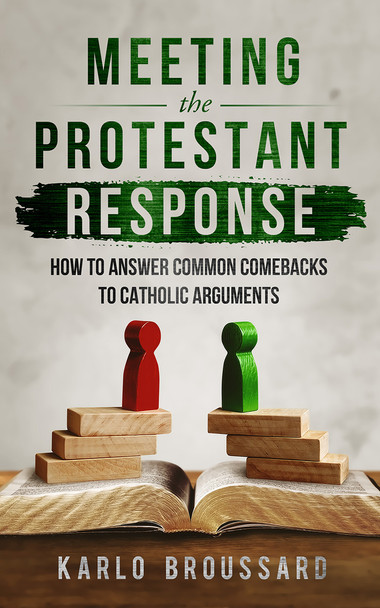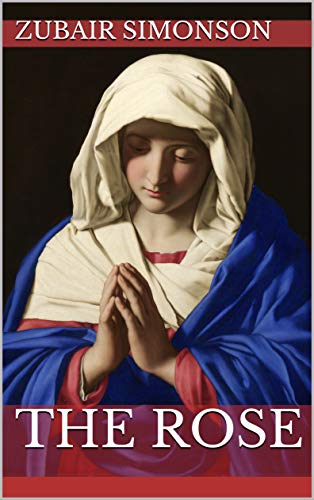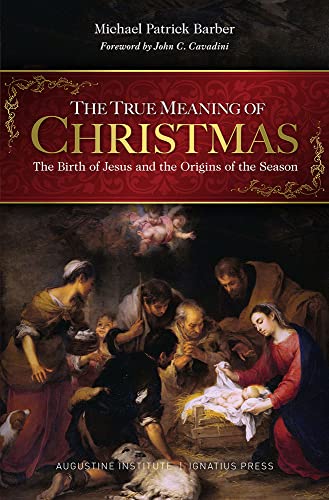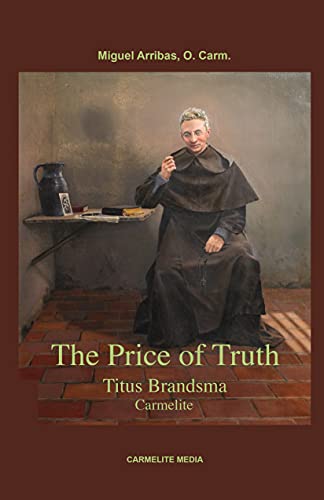This is a quick glance at the books that brought me some joy this year. I read a lot, retain little, and have no pretensions towards being a literary critic. So if any of the books referenced catch your interest, look up a more capable reviewer regarding them.
The books I have read this year were mostly culled from the suggestions of others much wiser than I. I feel so indebted for such suggested since they widen my horizons.
Last year also included a re-read of the 21 books of the Patrick O’Brien Aubrey/Maturin series. I think I loved it even more this time. O’Brien really puts his characters through the wringer, bringing them more alive in their faults and virtues.
So looking back at 200+ books during 2024, these stand out for me. This will not be in any order other than my thoughts as I looked through the year.
Fiction
- “Space Pirates Of Andromeda” by John C. Wright
I had been awaiting this start of a new series for some years now. This first book in a series of 12 did not disappoint at all. It was like returning to classic space opera and it’s varied roots. The series was spurred by John C. Wright frustration after he and his family say “The Last Jedi.” As I remember on the way home discussing the movie with his family, he started to architect a plot using the imaginative elements and inspirations that make the Original Star Wars so much fun. I have noted before that John has so many creative and fun ideas that is like an embarrassment of riches in his stories. This was so much fun! Plus this is a great cover.

- “The Olympian Affair” by Jim Butcher
I was very happy to read the awaited continuation of The Cinder Spires series. This wasn’t a great book, but a very good one. It was like a returning friend and good company.
His son James J. Butcher has also started a promising urban fantasy series with “Long Past Dues.”
- “My Effin’ Life” by Geddy Lee
As a Rush fan since I first saw the band perform around 1975, I had been looking forward to his biography. There was a lot to enjoy, and a lot to admire about Geddy and his outlooks. His story about his parents, who were imprisoned in Auschwitz is so heartwarming. It was not easy for him to do the research to fill in the gaps. Plus reading about the inside of the group, their creative process, studio time and their friendship is a plus. Still, I felt some sadness in reading his biography, the aspects warped by the Rock n’ Roll lifestyle.
- “Things as They Are” by Paul Horgan
An author I knew nothing about, but this book in particular was brought to my attention by Amy Welborn. I had bought a copy of this 1951 novel from Cluny Media. In one of her articles on this book, Amy Welborn wrote:
“It is not a rollicking or picaresque novel. It’s quiet, episodic, and subtle. But it’s also powerful, lucid, and authentic-—a hidden gem of English-language Catholic literature and of the coming-of-age novel.”
For me this was more than a typical coming-of-age novel, of dealing with the disillusionment from childhood dreams. I was rather surprised by some of the topics dealt with in this novel. The prose and the observations drew me in, while not feeling that I was being manipulated along just a story line. This is a great novel. Not long after finishing reading this, I heard Chris Check discuss Paul Horgan, specifically his book “The Saintmaker’s Christmas Eve” on archive.org I look forward to reading more of his books.
- “Death Comes For The Archbishop” by Willa Cather
I had thought I had already read this, when really, somehow, I had it confused with “Murder in the Cathedral.” I am very happy to have read it, and enjoyed most of it.
- “Thursday Murder Club” by Richard Osman
I read three book in the series this year and all were enjoyable. The premise of four retirees meeting together to solve cold cases is interesting. More interesting are the characters, who could have become just stereotypes. The cases are interesting and there are wise observations along the way. Picked up because of Julie at Happy Catholic
- “What Monstrous Gods” by Rosamund Hodge
To quote Melanie Bettinelli’s review“I will read anything Rosamund Hodge writes.”
I remember some years ago coming across her first book that was being promoted by a site regarding Young Adult fiction during the summer months. I loved how she takes on well-known fairy tales and instead of simply subverting them, makes them more real. Moral choices are not just character arcs. I should read this again this year.
- “C” by Maurice Baring
Baring was a friend of Chesterton and while I know of him, I had never read anything by him. I picked this up after reading C in a Nutshell, a review by Joseph Pearce. I know I am really drawn into a character when I want to enter the pages and argue with them. I very much enjoyed this. Regardless read Peace’s nutshell to get an idea why this novel should be read.
- “Tower of Silence” by Larry Correia
Saga of the Forgotten Warrior Book 4. I always enjoy Larry Correia’s books, but this series surpasses anything he has written. This is a serious fantasy series that I would not have expected from him. I love this series so much, that when a new addition in the series comes out – I go through the previous ones again. There is a new entry out, that hasn’t made it to Audible yet.
- “Disquiet Gods” – Christopher Ruocchio
This was book six in “The Sun Eaters” series. I have totally bought into this series since “Empire of Silence” was first released. This is slow-burn character development on a epic scale over centuries. You come to know the arc the story is riding towards, yet there is more than a typical heroes journey, with surprises on the way.
- “Jayber Crow” by Wendell Berry
I knew little of Wendell Berry, other than his connection with Russell Kirk and his mention by others. So I had asked someone who worked for Kirk and was still friends with Berry, where I should start. He suggested “Jayber Crow.” Again, I wish I had the literary chops to described this delightful novel. Jayber, as a character, is someone you would both really want to know and to also argue into the long hours of the night. Just so much to take in as Jayber’s life is relayed. The last paragraph was simply wonderful. I also read his book “Hannah Coulter” this year, which was also enjoyable.
- “The History of Tom Jones, a Foundling” by Henry Fielding
Sometime I feel like I have a duty to read “classic” books almost like it is an infringement on my time. Then I find, once again, that they were well worth my time. I was not expecting the relating of this story to be so fun. I was especially not expecting a book published in 1749 to break the fourth-wall so often. The narrator is constantly playing with you along the way in more ways than just plot elements. The audio book version narrated by Kenneth Danzinger, for me, made it even better.
- “The Case of the Gilded Fly” by Edmund Crispin
Another mystery series that was recommended to my from a couple of friends. I read the first three of the series last year, and will be returning to them this year.
Gervase Fen, an Oxford don and professor of literature, who thrives off solving mysteries, is ready to help.
He is also ready to annoy people along the way. Overly contrived plots, but part of the fun.
- “Tress of the Emerald Sea” by Brandon Sanderson
I had read several of Sanderson’s books last year. An author I generally enjoy. I had also started last year and finished early this year his massive entry in the the Stormlight Archive series “Wind and Truth.” Yet it was “Tress of the Emerald Sea” I enjoyed the most. Part of his secret project and one he wrote for his wife. The fairy tale style adventure melded well with Sanderson’s humor. In other novels his humor can feel forced, or not quite fitting.
There are other authors new to me, that I just started to step into, that will continue to inform my opinion of this year.
Theology, Church History, Spirituality, etc
- “The Everlasting Man” – A Guide to G.K. Chesterton’s Masterpiece
Last year Word on Fire released this edition which contains footnotes and chapter summaries by Dale Ahlquist. The footnotes are often even more Chesterton quotes. I had read this book a couple of times previously over the years. Last year I read this edition twice. There is just so much here that it can seem overwhelming, but you can still delight in what you grasped on a read-through.
- “The Tyranny of the Banal: On the Renewal of Catholic Moral Theology” by David Deane
I would give this book an award just for the title. This is a book I read in the middle of last year, yet so much of what I read I have retained and continued to think about.
I am suggesting that core elements in the genetic code of modernity—for example, a reduction of the real to the phenomenal and a reduction of reason to the measurable—are wholly parasitic upon Christian moral theology Where they abide, Christian moral perspectives die.
This is a central message and is explanatory for what I have observed. Engaging the culture is much more of an uphill battle than we seem to envisage. If all we had was our own abilities to persuade, it would be an almost impossible task. Thankfully, grace pervades reality and this is a mission field we must give our best efforts at. Knowing the difficulties is not a deterrence, but a help.
I also found his describing more modern racism based on skin color and feature is largely driven by reducing the human person to the empirical. He makes a very good case for this. I recommend watching this interview of David Deane by Larry Chapp and Rodney Howsare.
- “The Good, the Bad, and the Beautiful: History in Three Dimensions.” by Joseph Pearce.
From my review last year:
Each chapter covers a different century from the First Century to the Twentieth Century. His framework gives us a thumbnail snapshot of what is good, bad, and beautiful in each century covered. Even with so much to cover and so much that necessarily had to be left out, I enjoyed what he concentrated on.
His brevity could still include fascinating details to bring alive these points in history. I could imagine the amount of effort this book took to weave together a considerable amount of research and whittling it down to size.
One thing I like about the format is you get some sense of each century on its own merits. Some history can relate it is a march of progress, which is an artificially contrived framework. I consider this an insightful and brilliant work and one I would want to read again.
- “Two Sisters in the Spirit” by Hans Urs Von Balthasar
I have read a certain amount regarding St. Therese and St. Elizabeth of the Trinity within the Carmelite perspective. So it is rather joyful to find that Von Balthasar had a lot of edifying comments on these two saints and insights that helped me to see things I missed.
- “Advent of the Heart” by Alfred Delp
This collection of the season sermons and prison writings from Fr. Alfred Delp were excellent Advent/Christmas readings. These are reflections that go deep and bring you along with him as we await the coming of Christ. I had come across some of his writings before in the reflections in the Magnifcat magazine, so I am thankful to have this book to return to again.
- “Rabbles Riots and Ruins” by Mike Aquilina
Mike Aquilina never disappoints when writing on Church history. His method of storytelling draws out details and conclusions and keeps you engaged. This book covers twelve ancient cities and how they were evangelized. Important stories and it is is good to remember what also happened to some of them, to not grow cocky in thinking Christendom is some steady march of evangelism. We should already be disabused of this notion, but still we need reminders.
After I read this one I read his books from the “Father of the Faith” series, this dovetailed nicely and reinforced the time period for me. The books of the series I read were “Saint Athanasius, Saint John Christendom, Saint Irenaeus, and Saint Augustine.”
- “Sorrow Built a Bridge” by Katherine Burton
Tells the story of the life of Mother Alphonsa. I had known of Rose Hawthorne, the daughter of Nathaniel Hawthorne, and her work in starting what became the Dominican Sisters of Hawthorne providing care of cancer patients. Reading through the first half of the book I was surprised by many details of her family life and the time they spent together in Europe. Her fathers encouragement of her literary skills along with his deep Christian devotion. Her life takes a Jobian detour with so much tragedy. Instead of turning inward in despair, she moves outward in love. Such a well-told and amazing story. Out of print, but can be found on archive.org.
Other highlights in this category were:
- “Paul a New Covenant Jew” by Brant Pitre, Michael P Barber, and John A Kincaid
- “The Holiness of Ordinary People” by Madeleine Delbrêl
- “Solzhenitsyn: A Soul in Exile” by Joseph Pearce
- “The Mind of Benedict XVI” by Richard G Declue Jr
- “The Risen Christ” by Caryll Houselander
- “The Papacy: Revisiting the Debate Between Catholics and Orthodox” by Erick Ybarra
- “Saint Teresa of Avila” by Marcelle Auclair
- “Introduction to the Spiritual Life” by Louis Bouyer
Since I had to give a class on prayer for OCIA last year, I read a bunch of beginning books on prayer to be able to collate my thoughts.
All the books I read had much to recommend them. My top choice to give to somebody on prayer is “Prayer for Beginners” by Peter Kreeft. He provided generally helpful information, along with his appropriate usage of humor, and playing around with ideas. The second one I might choose to give someone is “Prayer Primer” by Thomas Dubay. This goes deeper into the subject and might not be as approachable fro some beginners. Still, this is really good for those on the journey to go deeper into prayer.
At the end of 2023 was the death of Pope Benedict XVI, so 2024 was also a return to books written by him I had already read along with books on him and his theology. This year I hope to take a deeper dive in his theology and go through his major works in a suggested reading order. My reading of Ratzinger/Benedict over the years is very scattershot, diving into books that threw me in the deep end that I was not fully prepared for. Maybe that aspect of his books will always exist for me, but what I do absorb is so wondrous and worthwhile.




